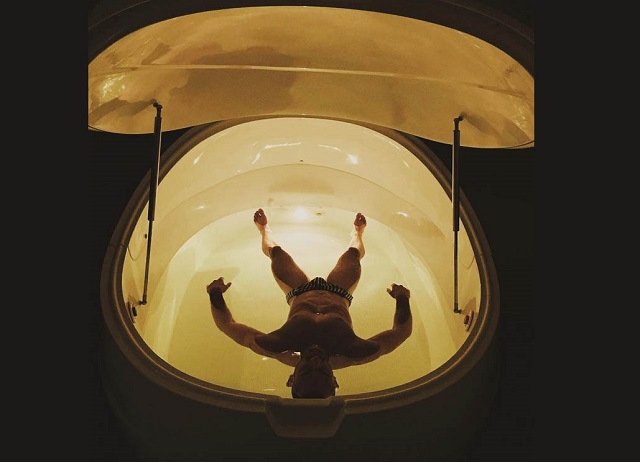NASA has postponed the first crewed landing of the program until mid-2027, delaying the following two Artemis trips to the moon.
After identifying the primary cause of Orion heat shield erosion on the Artemis 1 mission two years ago, NASA leadership announced at a news conference on December 5 that they were postponing the Artemis 2 and 3 flights.
Artemis 2, which was originally planned to launch in September 2025, would now debut in April 2026 under the updated schedule. It will be the first crewed voyage of Orion to take four astronauts from the United States and Canada around the moon.
As a result, Artemis 3, which will use SpaceX’s Starship vehicle for the first crewed landing of the entire exploration effort, will be delayed. Originally scheduled for September 2026, that mission is now anticipated to occur in mid-2027.
Following an examination of Artemis 1’s heat shield deterioration, NASA changed that timeline. In October, agency representatives claimed to have identified the cause of the heat shield material’s release, but they did not elaborate on the cause or NASA’s plans to fix it.
NASA Deputy Administrator Pam Melroy said the issue was related to Orion’s “skip” reentry, in which the capsule enters and exits the atmosphere to release energy. In the outer layers of the heat shield, more heat was retained than anticipated, resulting in trapped gases. “This caused internal pressure to build up and led to cracking and uneven shedding of that outer layer,” she said.
This judgment was confirmed by an independent review panel after a thorough study. “There were a lot of links in the error chain that accumulated over time that led to our inability to predict this in ground tests,” stated Amit Kshatriya, deputy assistant administrator of NASA’s Moon to Mars Program Office. This included modifications to the shape of the material blocks and modifications to the manufacturing process of the heat shield material, known as Avcoat.
He said that in areas of the Avcoat material with the required greater permeability to let the gasses out, that was verified. “In those places, we did not witness in-flight cracking, and that was the key clue for us.”
NASA will alter the reentry profile, including shortening the skip phase of the reentry, rather than replacing the entire heat shield for the Artemis 2 mission. According to ground tests, those adjustments should be enough to prevent material from breaking off as a result of cracking.
The agency has been working on a number of other Orion issues while looking into the heat shield issue, such as a battery issue that was reported in January but was reportedly fixed, according to Kshatriya.
Despite an upcoming presidential transition that would probably rethink the entire Artemis design, agency chiefs said they made the decision immediately to prevent future delays. “We’re on a day-for-day slip. We had to make this decision,” Melroy stated. “If you’re waiting for a new admininstrator to be confirmed and a team to come up to speed on all this technical work we’ve all been tracking very closely, I think that would be actually far worse.”
Shortly after President-elect Donald Trump stated on December 4 that he would select Jared Isaacman to oversee the agency, NASA Administrator Bill Nelson claimed he spoke with Isaacman. He did, however, add that he and other authorities had a discussion prior to the meetings in which they confirmed the revised plan for Artemis 2 and 3. Melroy went on to say that NASA could have been consulted on the decision, but the incoming administration has not dispatched a transition team there.
Nelson, however, maintained that the present architecture was still the most effective way to send humans back to the moon in spite of the problems and delays, pointing out that even with the most recent postponement, NASA would still make a lunar landing before China’s projected 2030 lunar mission.
“Are they going to axe Artemis and insert Starship?” In reference to the impending Trump administration, Nelson stated. Only Orion is rated for human spaceflight outside of Earth’s orbit, he said. “I expect that this is going to continue.”

 Business4 weeks ago
Business4 weeks ago
 Business4 weeks ago
Business4 weeks ago
 Technology4 weeks ago
Technology4 weeks ago
 Business4 weeks ago
Business4 weeks ago
 Technology4 weeks ago
Technology4 weeks ago
 Science4 weeks ago
Science4 weeks ago
 Business4 weeks ago
Business4 weeks ago
 Business4 weeks ago
Business4 weeks ago



